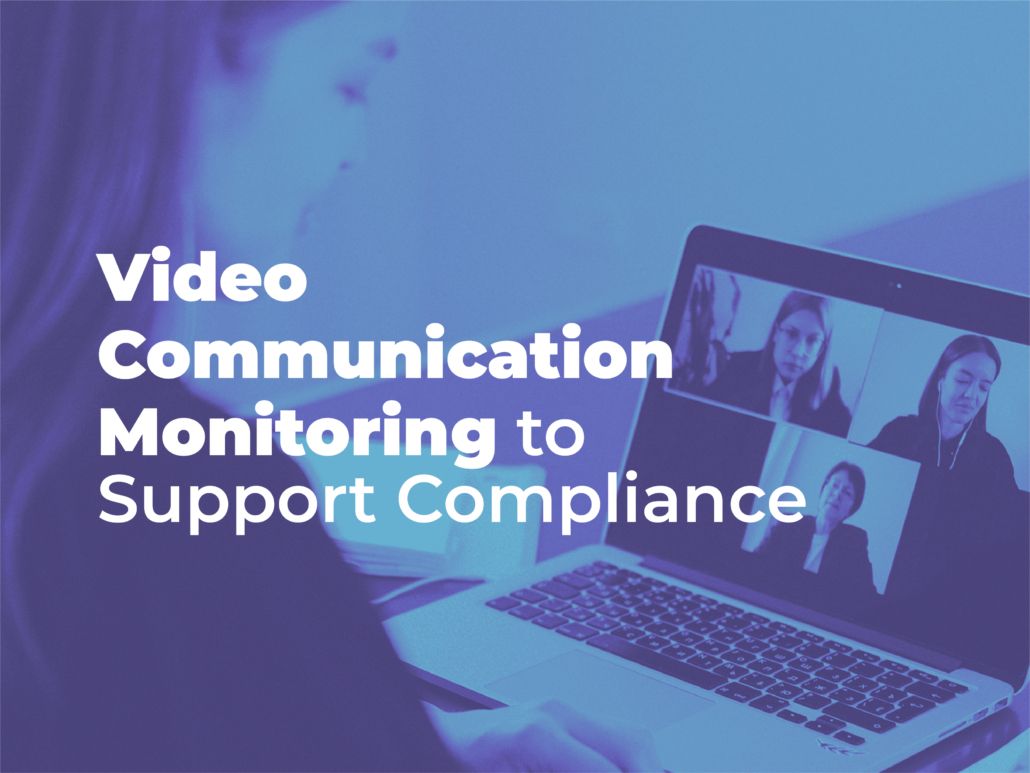Video collaboration tools

Remote working & the emergence of video-based collaboration tools
For well over a year now, the Covid-19 pandemic has forced organizations worldwide to shift their workforce into the remote Work-From-Home mode in an attempt to ‘flatten the curve’. The shift to digital communication and remote workplaces often became the deciding factor in measuring whether a firm or an entire industry is ready for the ‘next to normal’. In a matter of months, we were headlong into a video-first environment, where everything from medicine to education, finance to IT was a matter of intelligent interaction and video collaboration platforms running over home-based networks.
As lockdowns started stretching into months, more and more organizations settled into the new work culture and soon found value in it. In addition, government officials and institutions harnessed the power of video communication technology to enter into the hybrid working lifestyle of the private executive.
Screen shares, video calls, chats, audio, and video recordings, slide sharing, video conferencing, conference calling, Video Meetings, etc., replaced face-to-face conversations, board meetings, client presentations, walk-in demo-s, and so much more.
The benefits of remote working are apparent and substantial.
For the employer, the dissolution of physical workspaces amounted to heavy savings on assets and maintenance. They now had the freedom to hire the best talent without geographic limitations. Keeping track and monitoring employee progress and performances now became more accurate than ever. Time management became efficient due to perfect meeting scheduling, leading to an overall increase in ROI.
For an employee to cut back time on travel and get readily provided a welcome release from the daily grind, employment possibilities expanded beyond geographic locations — a heightened comfort level was reached.
The favorable situations created an environment rich for the emergence and spread of premier video communication and collaboration platforms such as Zoom, Google Hangouts, Microsoft Teams, and Slack. Microsoft Teams and Google Hangouts Meet both jumped in the rankings, with Zoom Cloud Meetings, the undisputed winner; it saw large downloads in the US, UK, and Europe from 2020 onwards.
Emerging compliance & Security Risks
The explosion of unified communications tools and platforms such as video calling and collaboration chat (where documents, files, and multimedia content are also easily shared) exposed businesses to greatly increased risks of inappropriate data disclosure, from personally-identifying information to intellectual property. The very nature and the range of exciting possibilities that video communication software and collaboration platforms offer make them vulnerable to a privacy breach.
From the sharing of confidential information via screen sharing, file-sharing through chat, or virtual white-boarding, to the conversation itself — even having documents or information displayed on a whiteboard in the background visible via the webcam — there are a variety of security loopholes for confidential corporate data to slip through, cause compliance risks or result in misconduct.
Specifically speaking, video communication exposes you to:
· Sensitive Information Leakage: We have seen gaps in some of the leading video collaboration platforms where a screen-sharing feature shows parts of presenters’ screens that they did not intend to share — potentially leaking emails or passwords.
The issue occurs in a “reliably reproducible manner” when a user shares one split application window (such as presentation slides in a web browser) while opening other applications (such as a mail client) in the background, in what is supposed to be in non-shared mode. The impact in real-life situations would be sharing confidential data in an unintended way to unauthorized people.
- Unauthorized access: Disruptions typically occur when meeting information is made open to the public. A user could post a private meeting link on social media, share their virtual classroom information, and more. But when these links are out on social media or other public forums, that makes your meeting wholly general, and anyone with the link can join it. Most video collaboration platform now supports password protection and waiting room features. But this does not entirely prevent an unauthorized person from entering an internal meeting. A new nuisance — Zoom bombing refers to the practice where malicious actors or internet trolls make their way into your Zoom meeting.
- Inappropriate conduct & company policy adherence: Maintaining decent workplace behaviors is challenging in a model where the workforce is distributed and not in a single physical place. This creates challenges in enforcing company policies around acceptable behavior and oversight necessary for the governance.
How AI-based monitoring can predict and prevent compliance and privacy breaches for video communication
To ensure compliance with policies, maintain conduct and contain data loss, it is essential to protect your data alongside strengthening your VPN and Firewalls. This means be not only able to define sensitive data but also be able to protect it from leaking outside network boundaries.
Cognitive View video analysis using machine learning can analyze video from a variety of collaboration channels. This supports the following key features
· Detection of sensitive data leakage: Automated detection of security, data loss, and compliance risks in verbal, typed, shown, or shared word
· Company policy enforcement for collaboration security and compliance: Ensuring that all video communication and collaboration platforms are carrying on company-compliant interactions
· Redaction capabilities for sensitive data: Comprehensive redaction capabilities to protect confidential or sensitive information from being accessed more widely
· Remediation & alert for the breach: Swift remediation and removal of any risky content across platforms
